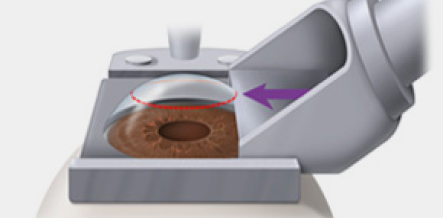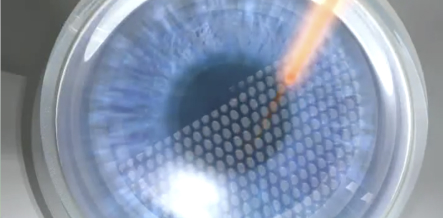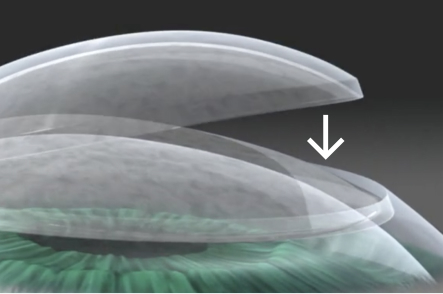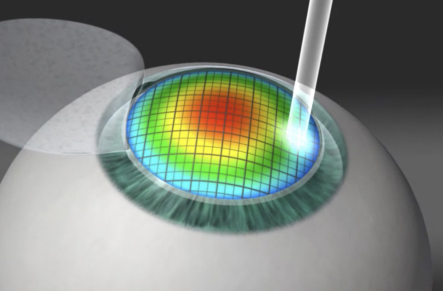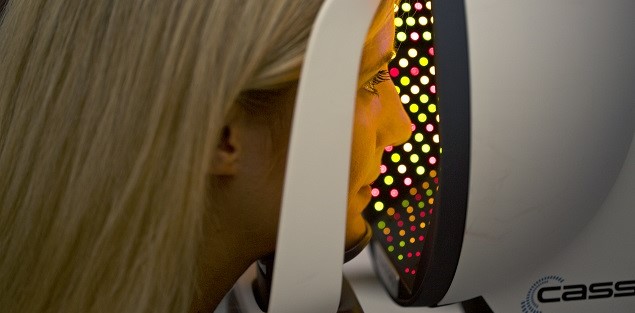Refractive surgery / Myopia, hyperopia and astigmatism surgery
Refractive surgery techniques
At Oftalvist we carry out the following surgical procedures for correcting myopia, hyperopia and/or astigmatism.
Laser eye surgery (FemtoLasik)
Broadly speaking, Lasik, or laser in situ keratomileusis, is the safest and most well-known laser eye surgery technique in the world for correcting myopia, hyperopia and astigmatism, or a combination of myopia or hyperopia with astigmatism.
At Oftalvist we have been pioneers in Spain and Europe since 2004 when it comes to the use of femtosecond technology for the first stage of surgery (of the two stages involved in the procedure), to make the operation as safe and precise as possible.
As such, as opposed to other centres that continue to use a mechanical microkeratome with a blade for Lasik surgery, our centres offer patients a more advanced 100% laser surgery procedure (femtosecond laser + Excimer MEL 90 laser).
Patients should therefore be aware that not all types of Lasik surgery are the same, so they should find out about the technique and technology being used for the eye surgery in question.
How is 100% laser eye surgery performed?
First stage: the surgeon removes a thin layer of the corneal tissue. This process can be carried out with either a mechanical microkeratome with a blade, or with a femtosecond laser. At Oftalvist we use the second option.
Second stage: we correct the patient’s vision by reshaping the cornea using an Excimer laser (MEL 90). We then put the layer of corneal tissue back in place and reseal it without the need for sutures.
Advantages of Lasik Surgery with femtosecond laser (FemtoLasik) over Lasik with a blade:
→ 100% laser surgery.
→ World-class technology: the safest and most precise, predictable and consistent surgery.
→ Less increase in intraocular pressure.
→ Suitable for a larger proportion of patients with dry eye.
→ The surgeon has a full view throughout the process.
→ Fast recovery: stronger and more stable scarring.
Intraocular lenses
An ICL is a phakic lens, which means that it can be implanted without the need to remove the transparent crystalline lens from the eye. The surgeon will place it in the posterior chamber behind the pupil, between the iris and the crystalline lens.
This technique is ideal for patients, particularly young people, with high myopia or hyperopia, limited vision or very thin corneas that cannot be treated with the standard Lasik technique. ICL lenses can correct up to 18 dioptres in myopia and 10 in hyperopia. Patients with symptoms of astigmatism and diagnosed as such can also be treated with a different version of this lens, called a toric lens.
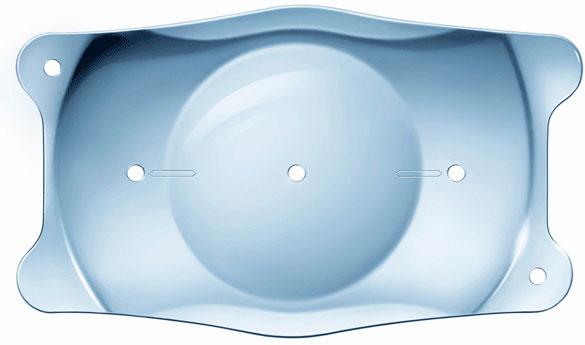
PRK
The PRK technique involves separating the epithelium, which is the outer layer of the cornea, using a special alcohol solution (rather than making a corneal flap, as with the Lasik technique).
After removing the corneal epithelium, the surgeon will then use the Excimer laser to adjust the thickness of the cornea to remove the dioptres and resolve the refraction error, whether it be due to myopia, hyperopia and/or astigmatism.
The operation takes around 10 minutes and is performed using topical anaesthetic (eye drops). Patients with very thin corneas are eligible for this procedure, and will be left with good visual acuity afterwards. It is recommended for people who practice contact sports.



